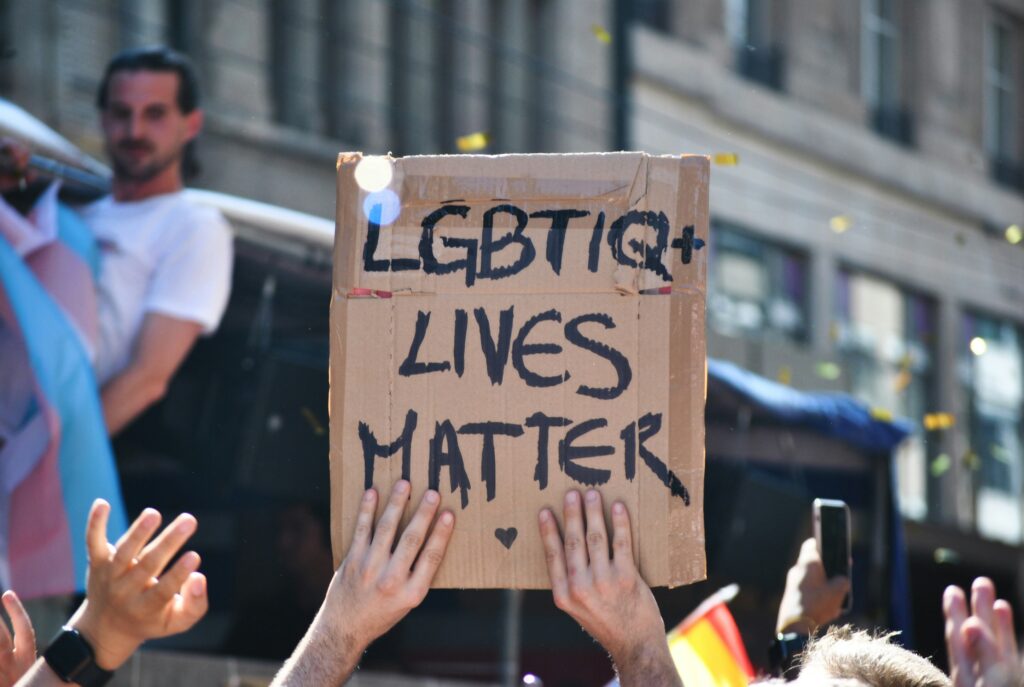What is coercive control?
While physical and verbal aggression are commonly recognised signs of domestic abuse, coercive control is an often-hidden form of abuse which can be just as harmful. New legislation has recently come into effect in NSW which categorises coercive control as a criminal offence.
Coercive control encompasses a spectrum of calculated strategies designed to instil fear and exert control over the victim. These methods of dominance wielded by abusers may come in various forms, including:
- Financial control: restricting access to finances, thereby limiting independence and freedom;
- Social isolation: isolating victims from friends, family, and support networks to heighten dependence on the abuser;
- Violence and intimidation: employing threats and physical force to induce compliance and fear;
- Verbal abuse: using words to demean, degrade, or humiliate the victim, eroding their self-worth;
- Emotional abuse: manipulating emotions to destabilise the victim’s mental and emotional well-being;
- Systems abuse: exploiting bureaucratic systems to further control or harm the victim;
- Animal abuse: harming pets or animals as a means of coercion or punishment;
- Reproductive abuse: exerting control over reproductive choices and health;
- Child abuse: using the victim’s bond with their children to manipulate or punish them;
- Sexual abuse: coercing or forcing sexual acts against the victim’s will;
- Cultural and spiritual abuse: leveraging cultural or spiritual beliefs to justify abuse or manipulate victims; and
- Harassment, monitoring, and stalking: undertaking surveillance, harassing, or stalking the victim to maintain dominance and fear. [1]
Coercive control tactics serve to exert the abuser’s power over the victim, creating a cycle of abuse that can be difficult for outsiders to detect. Unlike overt forms of abuse, coercive control operates discreetly, leaving lasting psychological and emotional scars on survivors.
Coercive control and the law
As of 1 July 2024, coercive control is a criminal offence in NSW under the Crimes Legislation Amendment (Coercive Control) Act 2022 No 65 [NSW] (“the Act”). The Act makes coercive control in current and former intimate partner relationships a criminal offence. It is imperative to note that, while coercive control can occur in other types of relationships, it is strongly linked to intimate partner homicides.[2]
The offence occurs when an adult engages in a ‘course of conduct’ of abusive behaviour that is intended to coerce or control the other person, as stipulated in section 54G of the Act:
54G Meaning of “course of conduct”
- In this Division, a course of conduct means engaging in behaviour—
- either repeatedly or continuously, or
- both repeatedly and continuously.
- For subsection (1), behaviour does not have to be engaged in—
- as an unbroken series of incidents, or
- in immediate succession. [3]
The criminal offence will capture repeated patterns of physical or non-physical abuse used to hurt, scare, intimidate, threaten or control someone. The law will only apply to abusive behaviour that happens after the legislation comes into effect.
What you can do
It is imperative to recognise and address coercive control as it is critical in comprehensively combating domestic abuse. If you believe you might be experiencing coercive control, call 1800RESPECT for free and confidential support.
Contact us
Dowson Turco Lawyers has extensive experience in dealing with both criminal and family law matters. If you need legal advice in relation to coercive control or family and domestic violence matters, please do not hesitate to contact us.
[1] ‘What are the signs of coercive control?’, NSW Government.
[2] New South Wales Government, Domestic Violence Death Review Team (Report, 2019-2021), p 28.
[3] Crimes Legislation Amendment (Coercive Control) Act 2022 No 65 [NSW] s 54G(1)(2).


